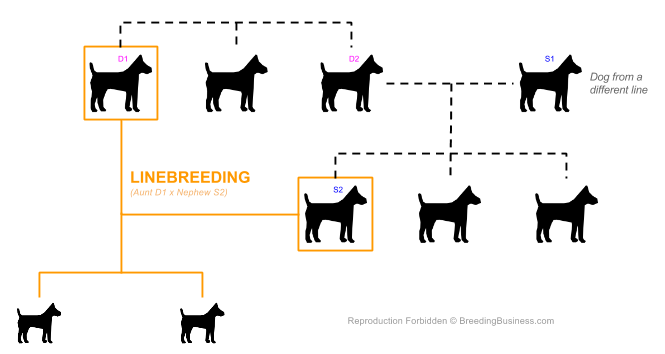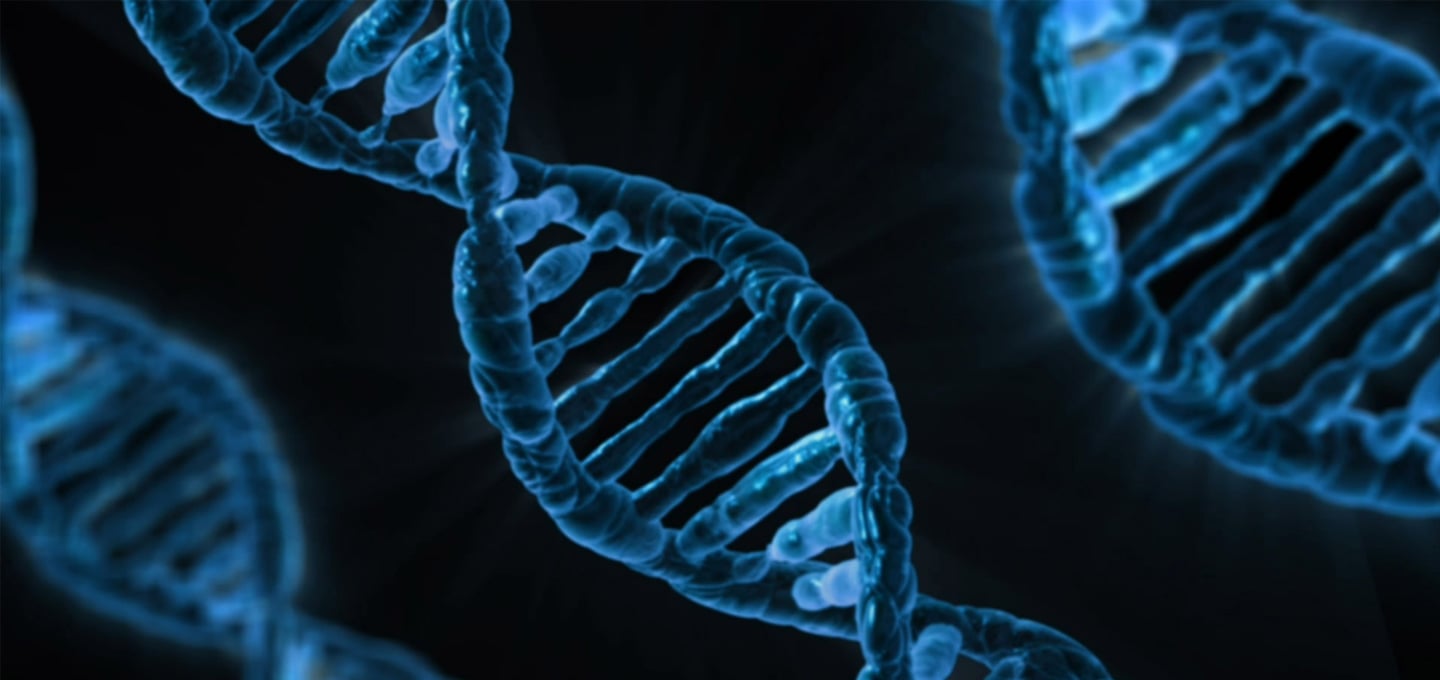Linebreeding is a form of inbreeding and while there is no clear rule separating both terms, linebreeding commonly denotes breeding among related individuals from the same family or bloodline such as aunt to nephew, first or second cousins, uncle to niece, etc.
Why Is Linebreeding In Dogs Used For?
Linebreeding tends to preserve the traits of a family of dogs or bloodline while at the same time keeping a good diversity in the gene pool. Linebreeding produces more consistent litters assuring uniformity of the quality valued by the breeder without risking the hereditary dangers of inbreeding.
When linebreeding, it is usually recommended to find the same ancestor(s) in both the Dam’s and the Sire’s lines in order to increase the chances of the genes pairing up in the future puppies. It is now clear that the careful selection of parents is very important but if you want (and you do) to carry on your genetic work on your bloodline, you also need to select the best pup(s) in your new litter. Not all the puppies in one litter will have the traits and characteristics you are after, you then need to carefully select the one(s) that match your preferences and keep mating with them in the future.

The UK Kennel Club’s decision on Linebreeding
Because inbreeding and linebreeding do not improve positively the puppies’ features, The Kennel Club decided only four years ago to outlaw and stop registering litters from a mating between mother and son, father and daughter or brother and sister. They, however, said that in rare circumstances, they would still do it if welfare reasons were clearly and scientifically established and proven.
For more information, feel free to read our article on inbreeding.

3 comments on “Definition and Meaning of Linebreeding in Dogs”
[…] For more information, feel free to read our article on linebreeding. […]
[…] Hello all, Just wanting to hear from owners and breeders who have tried or heard about inbreeding, line-breeding or backbreeding. Is your dog victim of any hereditary medical condition(s) or do you feel like it […]
[…] issue of linebreeding and inbreeding would require much more space than available here. Whether or not the dog is a […]